Italian cuisine, celebrated globally, sometimes leaves those outside of Italy pondering its intricacies. A common question you might have is, “Do Italians use cream in pasta?” or specifically, “What is heavy cream for pasta?”
What is heavy cream for pasta and what cream to use for pasta sauce?
In Italy, “panna da cucina” (cooking cream) is commonly used for pasta sauces, resembling the lightness of the U.S.’s half-and-half. For dishes like “pasta alla panna,” Italians prefer this cooking cream to get a creamy texture without overwhelming richness.
But the answer isn’t as straightforward as it might seem. The use of heavy whipping cream in Italy, especially in pasta sauces, is a subject of particular debate.
- Cream’s Role in Italian Pasta: While heavy cream was a staple in 1980s Italian pasta dishes, its popularity has since waned due to its overpowering nature.
- Modern Critique: The heavy-handed use of cream in past decades led to its decline in contemporary Italian cuisine as it tends to mask other flavors.
- Iconic Creamy Dishes vs. No-Cream Zones: Dishes like pasta with ham and cream still celebrate heavy cream. However, recipes like spaghetti carbonara traditionally exclude it, and adding cream is a culinary faux pas.
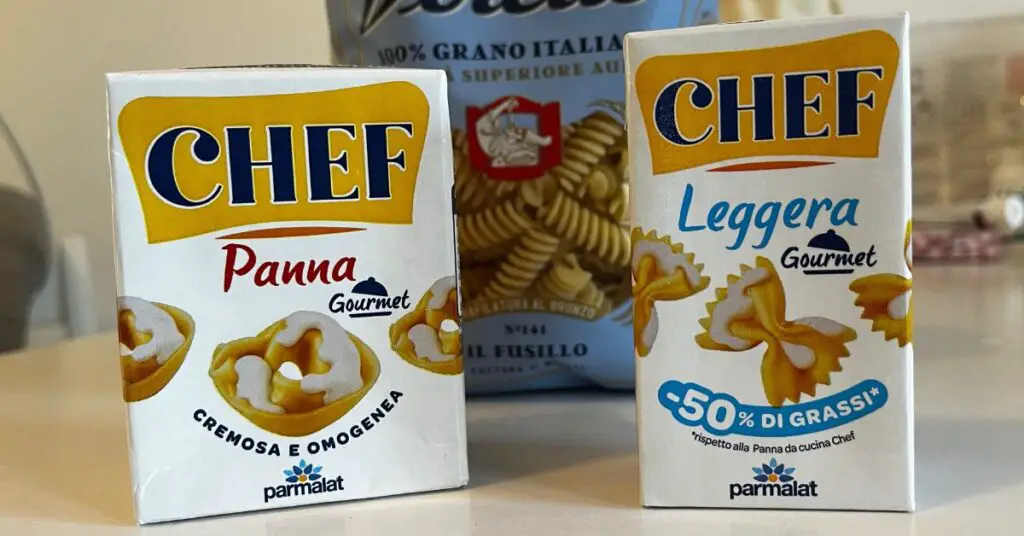
In the 1980s, adding heavy cream to various pasta dishes was all the rage in Italy. You might remember classics like tortellini cream with ham or the now-hard-to-find penne with heavy cream and vodka. Such dishes made heavy cream a staple in many Italian kitchens.
However, times have changed. Many now view cream as merely a way to mask or blend flavors—definitely not ideal when you want to highlight simple, delicate ingredients in a dish. This shift in perspective means that while it was almost a given to find cream-based pasta dishes in restaurants during the 1980s, it’s far less common now.
That’s not to say heavy cream has vanished from Italian pasta dishes altogether. While its presence isn’t as dominant as before, certain recipes still call for this rich ingredient.
In essence, while heavy cream has had its moments in Italian pasta dishes, especially during past decades, its role has somewhat diminished. Like any culinary tradition, Italian cuisine evolves, and the use of ingredients like cream in pasta is a testament to its ever-changing nature.
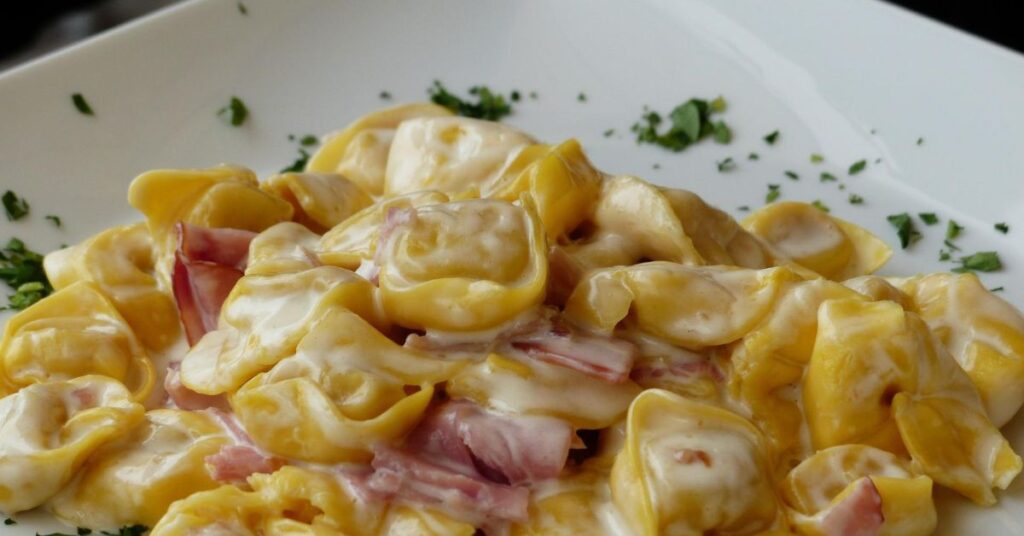
Tracing the Popularity of Cream in Historical Italian Pasta Dishes
The cream is a dairy product made from the fat part of milk, a fat that helps thicken, in the right dose it adds that touch of creaminess needed in many pasta sauces.
But with which sauces? Many vegetables, for example, can welcome the presence of a dollop of cream to thicken, but not all: the risk is that you will then no longer recognize the vegetable on your plate.
The cream can actually improve the sauce of a dish, and for these reasons, it has been used abundantly, thanks to its ease of use-in fact, it can be purchased ready to use in any Italian supermarket.
Why heavy cream is criticized in modern Italian cuisine?
The abuse of cream by many Italian restaurateurs during the 1980s and 1990s led to the use of this very fatty and flavorful ingredient to easily thicken pasta sauces and add creaminess to the dish.
However, if the cream is not dosed carefully, it often ends up covering the flavors of the dish; instead of enhancing the flavor of the raw ingredients in the sauce, such as the tomatoes, vegetables, or meat in the ragù sauce, it ends up covering them, flattening the flavors.
This explains why today, this ingredient is often avoided in Italian dining, although it is fair to mention that there are still exceptions, I tell you about them below.
What famous Italian pasta recipes need heavy cream?
As I mentioned above, Italian cuisine is full of retro pasta recipes, inherited from the 1980s where the cream was present in the ingredients and in some cases even stars the recipe.
Some of these dishes were so eaten in those years that they are still known and appreciated today.
Here are the best-known heavy cream-based pasta recipes in Italy:
- Pasta panna e prosciutto
- Pasta panna e gamberi
- Tortellini panna e prosciutto
- Penne pasta with speck and cream
- Pasta with pumpkin and cream
- Penne pasta with vodka and cream
- Penne al baffo
- Pasta gorgonzola cream and walnuts
Today there are not many restaurants that keep these dishes on their menus anymore, mainly because of the fear of being labeled as old-fashioned restaurants, but surely many people continue to cook and eat these dishes at home.
How should I know?
Look at this research data, as you can see the recipes for these dishes, all with heavy cream, are still desired in Italy, despite everything.
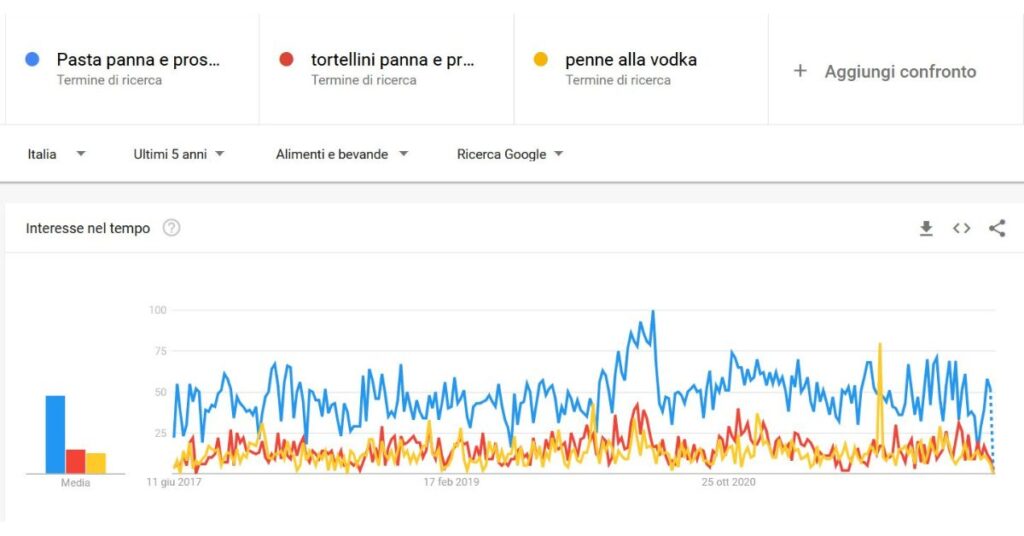
What are the pasta recipes that absolutely do not involve heavy cream?
There are some dishes in Italian cuisine in which you should absolutely never add cream, in fact adding cream to these dishes is like offending the other ingredients.
There can be two reasons for the impossible combination:
- The cream would go to cover the too-delicate flavors of the other ingredients.
- The cream is not in the original recipe and cannot be added.
Here are two concrete examples of the two possibilities:
- Heavy Cream on pasta with fish is often a mistake. It is the embodiment of 1980s catering that rather than enhancing the raw ingredients tended to erase their presence with cream. For a fish-based sauce, you can add virgin oil, but no cream and no parmesan too.
- Cream in spaghetti carbonara is seen as blasphemy here in Italy. the original recipe calls for eggs, indeed it is this ingredient that makes carbonara creamy. Trying to imitate that creaminess by adding cream to carbonara sauce is absolutely wrong.
Related questions
What is heavy cream called in Italy?
In Italy, heavy cream is called “panna da cucina”, also cooking cream, and can be found ready to use in any supermarket or grocery store, in the dairy department outside the fridge. Often is in bricks like those you see in the picture.
Does Italian pasta use cream?
Yes, there are some pasta recipes, many of which became famous in the 1980s, that use heavy cream as an ingredient. Penne with cream and vodka and Tortellini heavy cream and ham are examples.
Is heavy cream good in spaghetti?
There are some pasta recipes where spaghetti is topped with cream and other ingredients, such as spaghetti Panna and ham or spaghetti Panna and mushroom. Although these are not restaurant recipes, they are still dishes often prepared in the homes of Italians.
Do they have heavy cream in Italy?
In Italy, if you are looking for heavy cream you have to ask for “panna da cucina.” Is an Italian cream that’s typically used for cooking pasta sauce or other plates. It has less fat than whipping cream and it’s also thicker than both whipping cream and heavy cream.
Can you add heavy whipping cream to tomato sauce?
Even if Italians do not like to mix heavy cream with tomato sauce for pasta, a few recipes call for this combination. Penne “al baffo” for example, calls for a cream and tomato sauce. Keep in mind, however, that most Italians eat pasta at home topped with just tomato sauce and grated cheese.

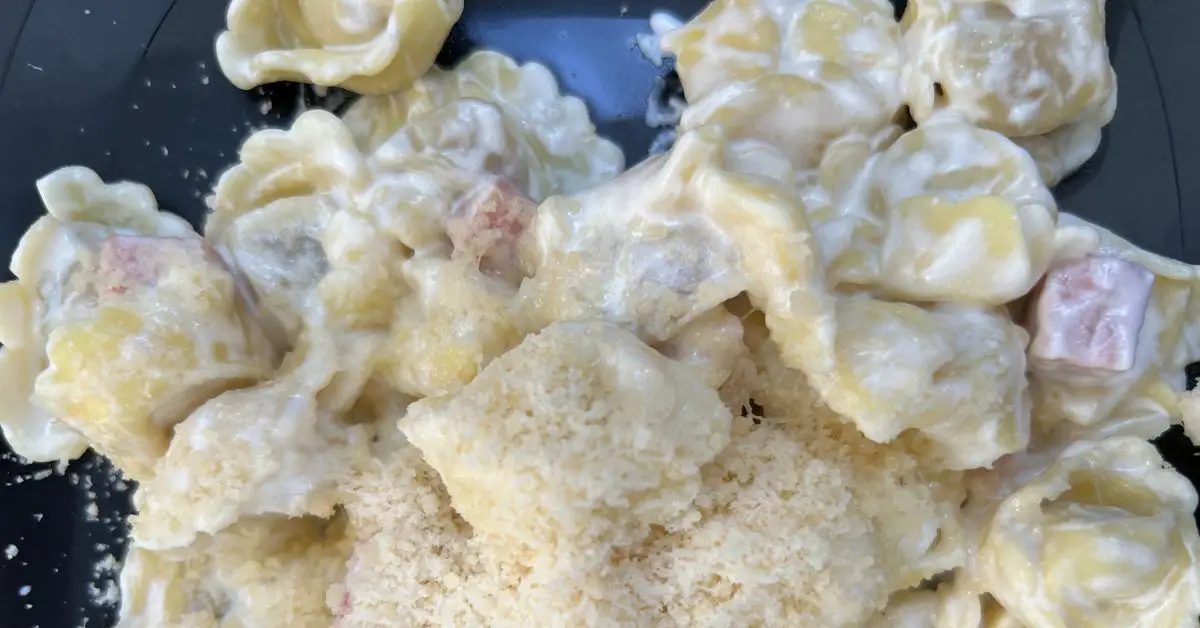
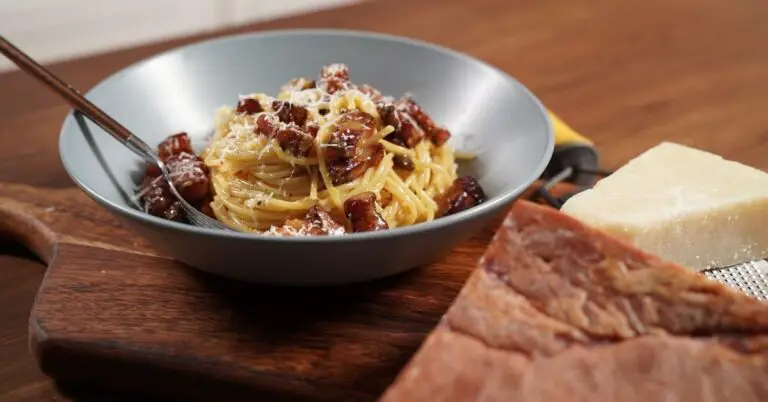
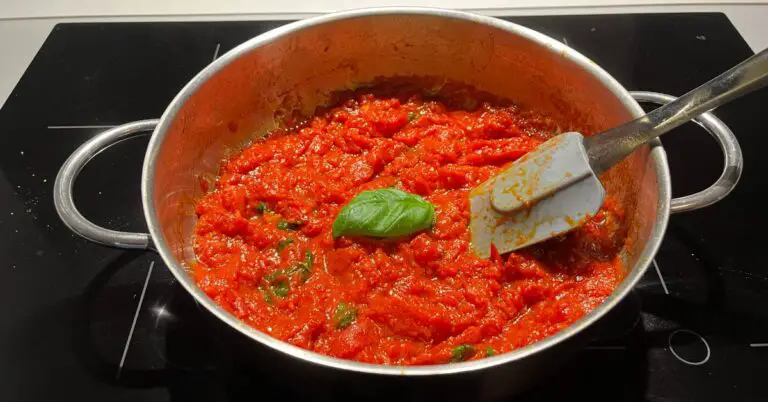
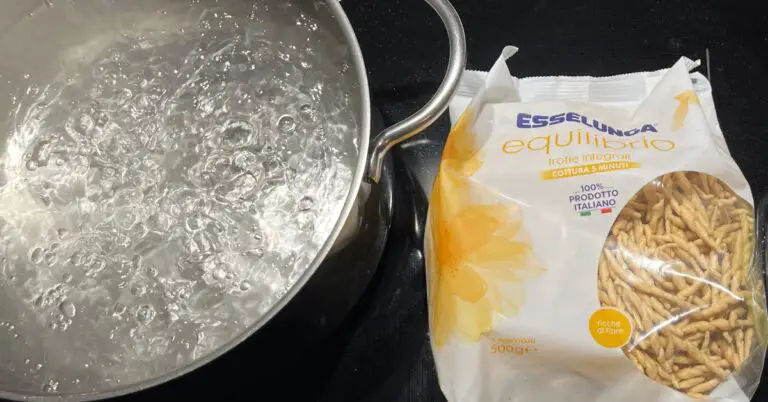
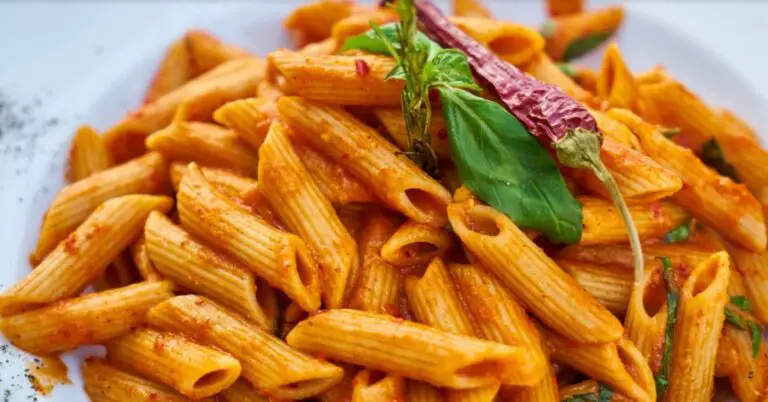
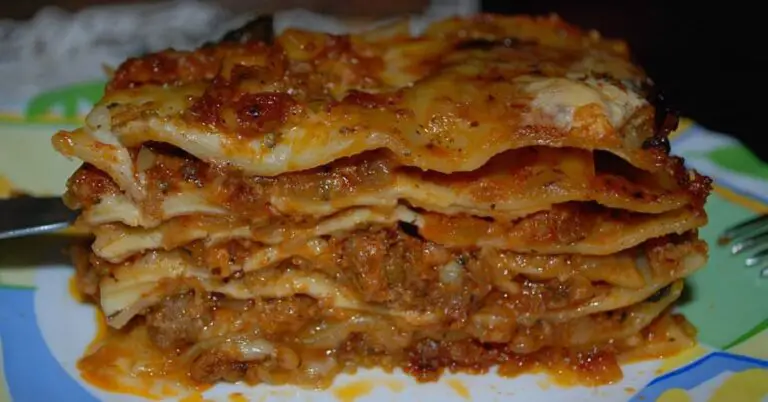
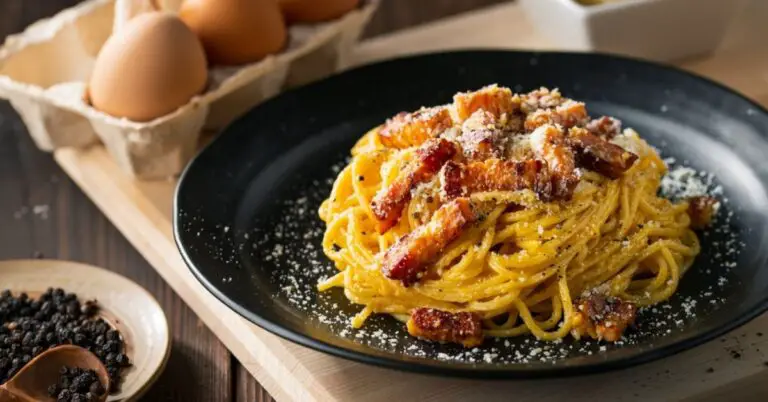
I have a friend that is lactose intolerant and I’m wondering what kind of product would be best as a sub for whole milk or heavy cream. Thanks.
Ciao Darlene, in well-stocked Italian supermarkets, in the dairy section, next to cooking cream, you can also find lactose-free cream (“senza lattosio” in Italian). Here in the photo is an example of some lactose-free cream cartons for cooking pasta. I hope this has been helpful, see you soon!